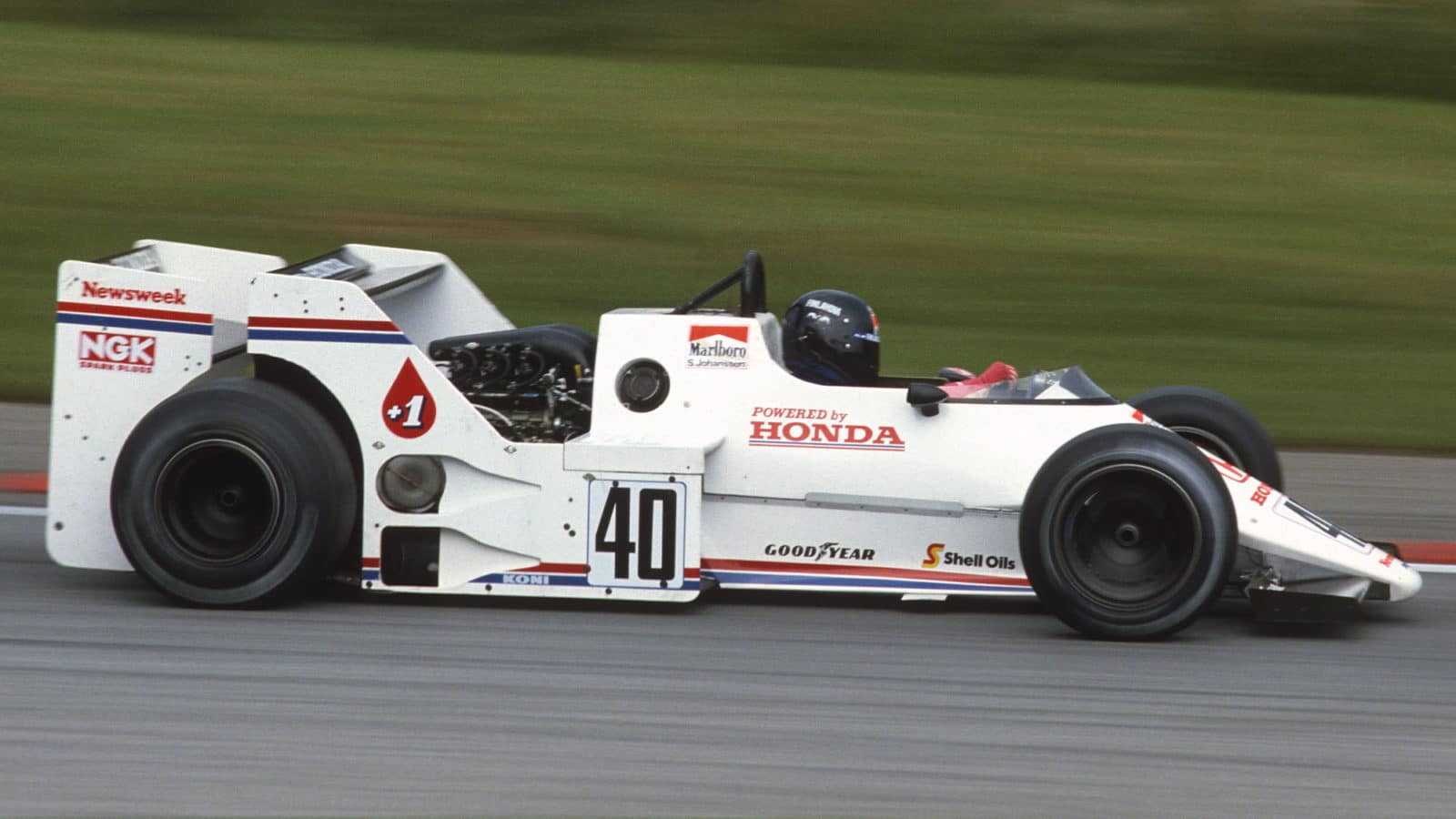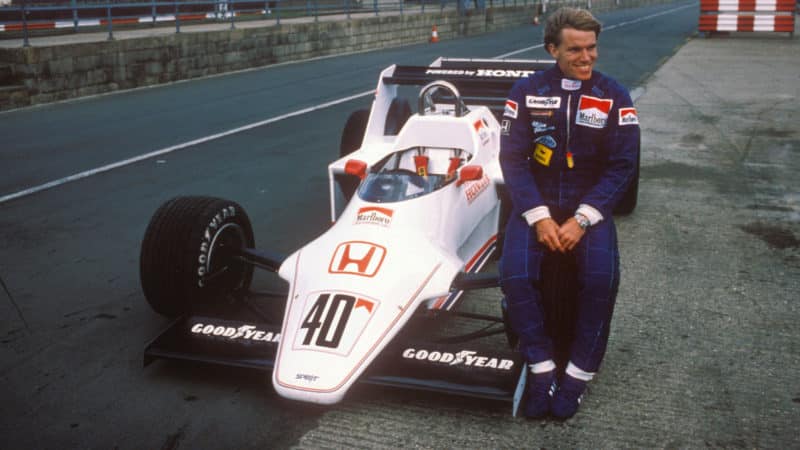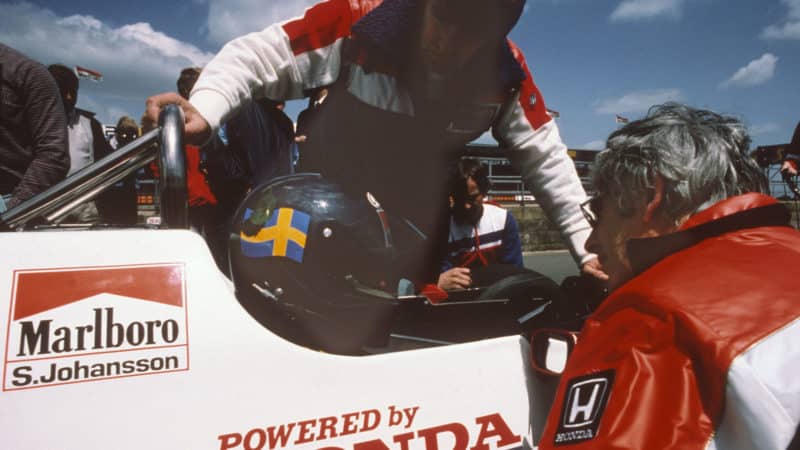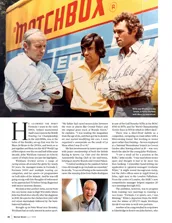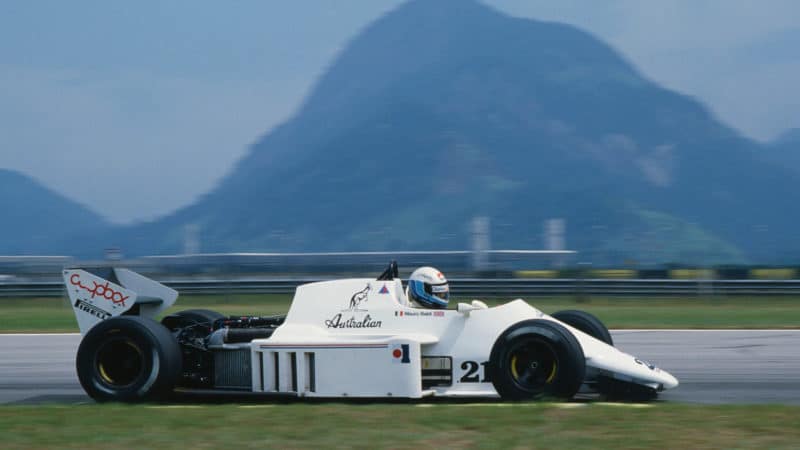“There was a concern that, although Ralt was performing, maybe it had been taking its mind off the job because it was producing so many Formula Three cars,” explains Wickham. “Eventually that led Honda to decide it wanted a group of people who could concentrate fully on the F2 programme.” Wickham and Gordon Coppuck, who was working at March after leaving McLaren in the wake of Ron Dennis’s Project Four takeover, stepped forward. Spirit Racing was born, its name taken from a typically Japanese advertising hoarding in Tokyo for the team’s tyre supplier, Bridgestone. ‘Come Racing Spirit’ ran the tagline. Wickham didn’t quite know what it meant, but it had a ring to it.
While Coppuck and old friend John Baldwin, the team’s first employee, set about designing the car in a rented house in Camberley, Wickham went off to raise the budget. The future boss of the Footwork (née Arrows) F1 team dispels the myth that it was bankrolled entirely by Honda.
The car maker provided the engines, some financial assistance and workshops in Slough, formerly the European base for its 500cc ‘bike team, but Wickham explains that he “had to go out and find about half the budget”. His search finished where it had started: Wickham had been employed in an engineering role within the three-car March team in ’81 and his charge was F3 graduate Thierry Boutsen, who had backing from Marlboro Belgium. Another standout rookie that year was Stefan Johansson, who claimed two wins in an Alan Docking Racing Toleman sponsored by the Swedish branch of the tobacco company. “To my mind they were the two best drivers available for 1982,” says Wickham. “It made sense for a lot of reasons to bring them together.”
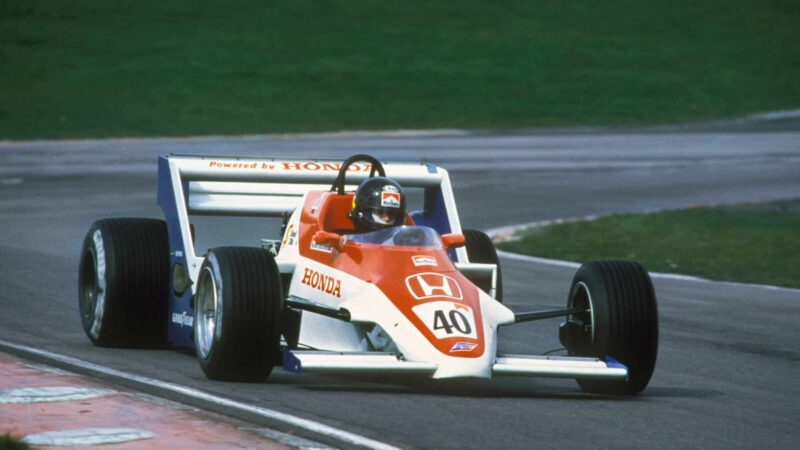
First competitive outing at Brands Hatch ’83 Race of Champions
Grand Prix Photo
The result was two Marlboro-liveried Spirit 201s on the grid for the opening round of the F2 championship at Silverstone in March. Johansson qualified on pole and led the race, only to retire early. The neat honeycomb-chassis Spirit, the first car to be designed specifically for the Honda V6, was almost certainly a step ahead of the offerings from March, Ralt and Maurer that year. Between them Johansson and Boutsen notched up eight pole positions and led more than 40 per cent of the racing laps.
“I am very proud of that car,” says Coppuck, also the designer of the legendary McLaren M23. “At any particular race one of the other cars might have thrown up a challenge, but we were consistently quick. It was a good all-round car.”
Johansson was arguably the faster of the two drivers; witness his greater number of poles. But he also had a near-monopoly on the team’s misfortune. “The car was quick out of the box,” remembers the future Ferrari and McLaren driver, “but I had more than my fair share of dramas. There was always some little problem that stopped me winning.”
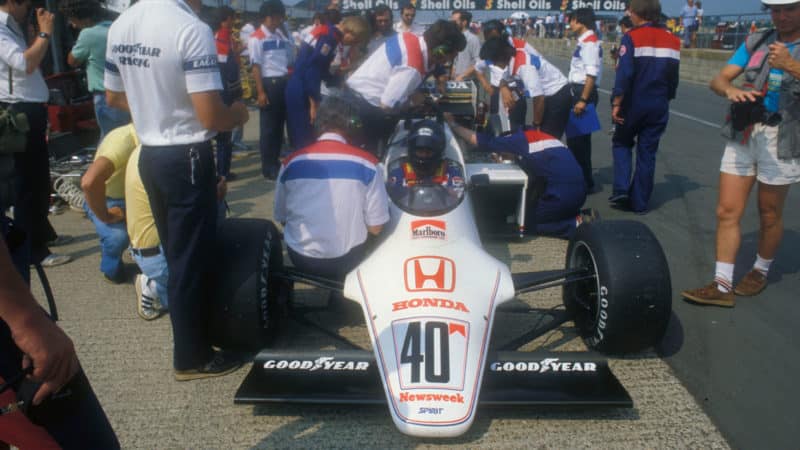
World championship debut at 1983 British GP
Grand Prix Photo
Boutsen, bizarrely, had an amazing finishing record, making it to the end of all but one of the 13 races and finishing in the points in 10 of them. A third win of the season at Enna in August left him needing another victory to seal the crown at the Misano finale a week later. The Belgian’s proven wet-weather skills combined with Bridgestone’s superiority in the rain appeared to have put him on course for a last-gasp title triumph. A drying track wouldn’t have been an issue but for the most unusual of problems.
